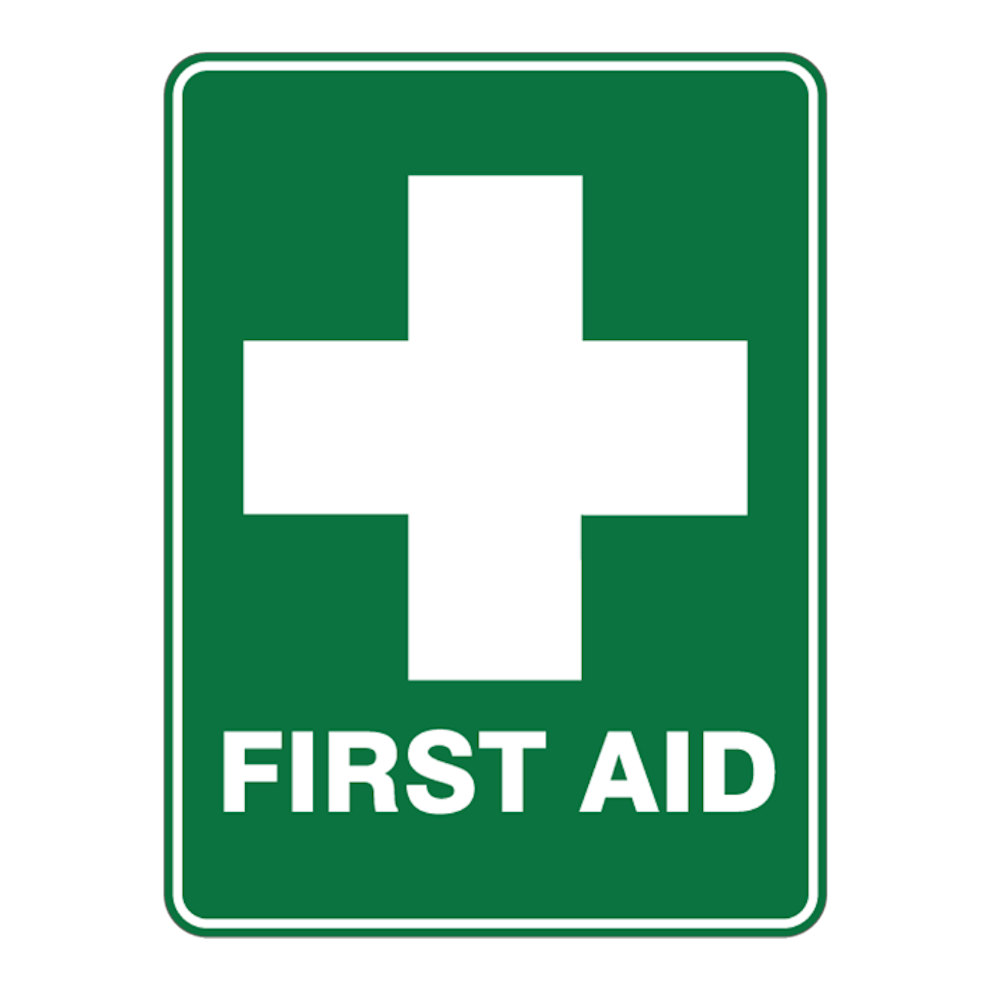Blood Pressure

Measure blood pressure in 7 steps
- Choose a quiet environment
- Have a pen and paper ready to note down the blood pressure result - Some blood pressure monitors show the measurement automatically and then save it!
- Sit comfortably on a chair and lay your bare arm on a normal table or other support so that the middle of your upper arm is level with your heart.
- Slide the blood pressure cuff onto your upper arm or around your wrist (depending on the type of device)
- Note the manufacturer’s instructions so that the measuring device sits correctly and is used properly.
- Conduct the blood pressure measurement.
- Note down the measured blood pressure value, along with the time and date of measurement.

Elevated blood pressure can be a health risk. The following summary gives you an overview on what causes it and what you need to know about high blood pressure.
1. What is high blood pressure?
Arterial blood pressure is caused by the pressure of the blood against the arterial walls. The heart acts as a pump and each beat causes an increase in the arterial pressure.
There are two different pressure values at the exit from the heart:
- The highest pressure value is the systolic blood pressure - corresponding to the contraction of the heart which pumps blood into the arteries.
- The lowest value is the diastolic blood pressure - corresponding to the pressure of the blood between two heart contractions.
2. How is blood pressure measured?
Arterial blood pressure is measured using an inflatable cuff. This is slipped over the arm or wrist. Measurement should only take place after five minutes of sitting quietly or lying down. The device measures the pressure in the arm artery while the air is released from the cuff.
The measured blood pressure value includes two numbers:
- systolic blood pressure
- diastolic blood pressure
Different devices can be used:
- an automatic blood pressure device with value display
- a blood pressure device with mercury
- a blood pressure device with a sub-divided scale
3. What is hypertension?
High blood pressure is when the blood pressure is measured with a value of 140/90 mmHg or above. Blood pressure is measured at a state of rest in a doctor’s office.
The two measured values correspond to:
- systolic blood pressure of 140 mmHg
- diastolic blood pressure of 90 mmHg
Taking blood pressure measurements regularly can detect diseases, even if they go on for long periods of time without showing obvious symptoms.
4. What causes high blood pressure?
In most cases, high blood pressure occurs for no discernible reason - so-called essential hypertension. However, a small number of people with high blood pressure have anomalies in their kidney or adrenal gland function. In this case, the condition is called secondary hypertension.
There are many factors that encourage the appearance of high blood pressure – for example:
- pigmented skin
- genetic factors
- age
- being overweight
- consuming too much salt and alcohol
However, it has been found that the occurrence of arterial hypertension can be limited or delayed in certain patients. The most important preventative measures are lifestyle factors - these include sports, consuming less salt and alcohol, and losing weight.
5. What are the consequences of high blood pressure?
Arterial blood pressure which is too high primarily affects the blood vessels. The vessel walls become stiffer and thicker. In the long-term, the impact can be severe - for example on the heart, brain or kidneys.
Possible effects of arterial hypertension:
- serious risk factor for cardiovascular diseases
- the most common results of untreated hypertension are heart attacks and strokes
- kidney failure, angina pectoris, paralyses, loss of speech and dementia are also possible



